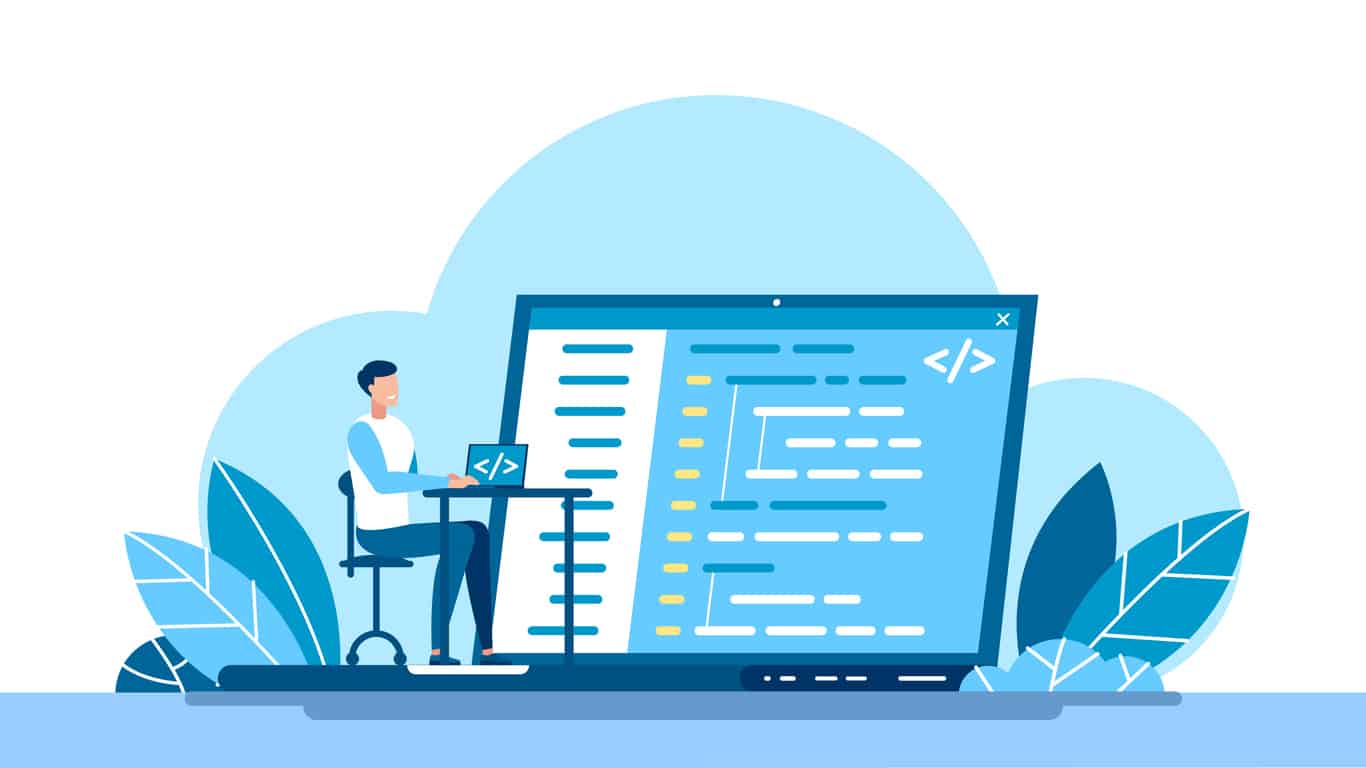You're building something and need two systems to talk to each other over the web. You've heard of REST and SOAP. One is apparently old and busted, the other is new and cool. That's the wrong way to think about it. They are different tools for different jobs. Here's the breakdown to help you decide.
What is an API Anyway?
First, let's be clear. API stands for Application Programming Interface. It's a set of rules that lets different software applications communicate with each other. A Web API specifically does this over the internet, usually via HTTP. Both REST and SOAP are ways to design these web APIs. They are not languages, they are architectural styles and protocols.
Introduction to API and RESTful API
Gain foundational knowledge on API technology and discover how RESTful APIs facilitate seamless data exchange. Enrol now and elevate your skills!
SOAP: The Formal Contract
SOAP stands for Simple Object Access Protocol. The 'Simple' part is a lie from the past. SOAP is anything but simple.
How It Works:
SOAP is a protocol with a very strict set of rules. It uses XML exclusively for its message format. Every request and response is a chunk of XML, structured in a specific way with a <Header> and a <Body>, all wrapped in an <Envelope>.
The most important part of the SOAP ecosystem is the WSDL (Web Services Description Language). A WSDL file is a formal contract written in XML that describes exactly what the API can do. It defines the available operations, the data types for requests and responses, and the endpoint URL. You can feed this WSDL file to a tool and it will generate client code for you, giving you objects and methods that feel native to your programming language.
Core Characteristics:
- Strictly Defined: Everything is laid out in the WSDL. There's no guesswork. This rigidity is a feature, not a bug.
- XML Only: You will only ever send and receive XML. This can be verbose and slower to parse compared to other formats.
- Protocol, Not Architecture: SOAP is a protocol. REST is an architectural style. This means SOAP has its own rules, independent of the transport protocol. While it's usually sent over HTTP, it can also use others like TCP or SMTP.
- Function-Centric: SOAP APIs are built around operations or functions. You'll have actions like GetUser, CreateOrder, UpdateInventory. All these requests are typically sent as HTTP POST requests to a single URL.
- Built-in Standards: SOAP comes with a suite of extensions known as WS-* standards. The most notable is WS-Security, which provides enterprise-grade security features like message-level encryption and digital signatures, right within the SOAP message itself. This is a major reason why banks and large enterprises still use it.
REST: The Flexible Approach
REST stands for Representational State Transfer. It’s an architectural style, not a protocol. This means it's a set of guidelines for building web services, not a rigid set of rules. Most APIs you encounter today that call themselves "RESTful" follow these guidelines.
How It Works:
REST leverages the existing features of the HTTP protocol. Instead of defining new operations, it uses standard HTTP methods (verbs) to perform actions on resources.
- GET: Retrieve a resource.
- POST: Create a new resource.
- PUT/PATCH: Update an existing resource.
- DELETE: Remove a resource.
Resources are identified by URLs (e.g., /users/123 or /orders). The server returns a "representation" of the state of that resource.
Core Characteristics:
- Resource-Centric: You operate on resources (like users, products, posts), not functions. The action you want to take is defined by the HTTP verb you use.
- Flexible Data Format: REST isn't tied to XML. It can use JSON, XML, HTML, or even plain text. JSON has become the de facto standard because it's lightweight, easier for humans to read, and maps directly to JavaScript objects. This is a huge reason for REST's popularity in web and mobile development.
- Stateless: Every request from a client to a server must contain all the information needed to understand and complete the request. The server doesn't store any client context between requests. This makes REST services scalable.
- Leverages HTTP: REST fully utilizes the HTTP protocol. It uses URLs for resource identification, HTTP verbs for actions, and HTTP status codes (like 200 OK, 404 Not Found, 500 Internal Server Error) to indicate the outcome of a request. SOAP, on the other hand, often just tunnels everything through HTTP POST and puts error details in the XML body.
- Easier to Learn and Use: For many developers, REST is more intuitive. You can often explore a REST API with a simple tool like cURL or even your web browser for GET requests. SOAP generally requires specialized tooling to construct the XML requests.
Direct Comparison
| Feature | SOAP | REST |
|---|---|---|
| Type | Protocol | Architectural Style |
| Data Format | XML only. | JSON (most common), XML, plain text, etc. |
| Structure | Formal contract via WSDL. Verbose envelope/header/body structure. | Less formal, relies on HTTP standards. Lightweight data formats. |
| Operations | Function-driven (e.g., GetUserData). Usually one endpoint for all ops. | Resource-driven (e.g., GET /users/1). Uses different endpoints and HTTP verbs. |
| Transport | Can use HTTP, TCP, SMTP, etc. | Primarily uses HTTP/HTTPS. |
| State | Can be stateful. | Must be stateless. |
| Security | Built-in WS-Security standard for message-level security. | Relies on transport-level security (HTTPS/TLS) and application-level strategies (OAuth, JWTs). |
| Performance | Generally slower due to verbose XML parsing and processing overhead. | Generally faster and uses less bandwidth due to lightweight formats like JSON. |
| Tooling | WSDL allows for automatic client code generation. | Requires documentation (like OpenAPI/Swagger) for discovery, but tooling is mature. |
When to Use SOAP
Despite what many newer devs think, SOAP is not dead. It's used for specific, high-stakes scenarios.
- Enterprise Applications: When you need a formal contract between the client and server, especially in large, complex corporate environments. Think banking, financial services, and legacy systems.
- High-Security Requirements: When you need message-level security, encryption, and signatures that are independent of the transport layer. WS-Security is a robust standard for this.
- Transactional Integrity: When operations must be atomic and require complex, stateful interactions. WS-AtomicTransaction is a standard designed for this.
- Asynchronous Communication: SOAP has built-in standards for asynchronous processing.
If you are integrating with a bank's payment gateway or a legacy enterprise system, you will likely be forced to use SOAP. You won't have a choice.
When to Use REST
REST is the dominant choice today for a reason. Its simplicity and flexibility make it ideal for most modern web and mobile applications.
- Public-Facing APIs: When you're building an API for the public or for mobile/web clients, REST is the standard choice. It's easier for other developers to adopt.
- Performance is Key: When you need to minimize bandwidth and processing overhead. JSON is much lighter than XML.
- JavaScript Clients: REST and JSON are a natural fit for browser-based applications and modern frontend frameworks (React, Angular, Vue).
- Microservices: The lightweight and stateless nature of REST makes it well-suited for building and connecting microservices.
- CRUD-based Operations: If your API is primarily for creating, reading, updating, and deleting data, the REST model of resources and HTTP verbs is a perfect match.
The Verdict: Which One Should You Go For?
The decision isn't about which is "better," but which is the right tool for your specific problem.
For 95% of new projects, especially public-facing APIs, web apps, and mobile apps, start with REST. It's simpler, more flexible, and performs better. The ecosystem around REST and JSON is massive.
If you are working in a highly regulated enterprise environment, need strict contracts, or have advanced security requirements that go beyond what HTTPS offers, you may need SOAP. Often, the decision will be made for you by the system you're integrating with.
Don't choose SOAP because you think it's "more secure" by default. REST over HTTPS is secure for the vast majority of use cases. Choose SOAP when you specifically need the features provided by its WS-* standards. Otherwise, you're taking on a lot of complexity for no reason.
Also Read:






